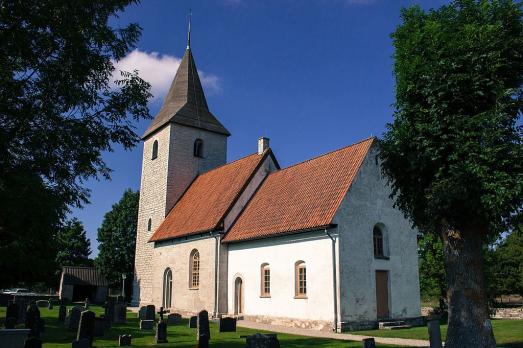
Viklau Church
Romakloster, SE
Viklau Church is one of the 92 medieval churches on the island of Gotland. The church is known for preserving the Viklau Madonna, a wooden sculpture of the Virgin Mary from the 12th century.
Here you can search for a building to visit. You can use the map find destinations, or you can use the filters to search for a building based upon what different criteria.

Romakloster, SE
Viklau Church is one of the 92 medieval churches on the island of Gotland. The church is known for preserving the Viklau Madonna, a wooden sculpture of the Virgin Mary from the 12th century.
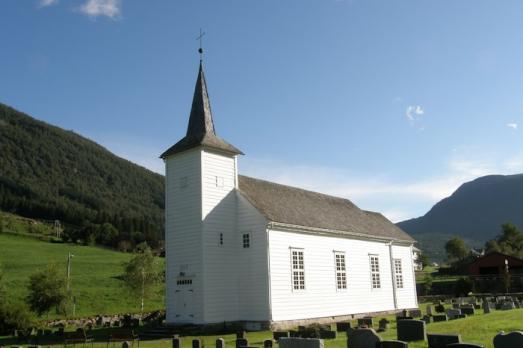
Viksdalen, NO
Built around 1620, the Viksdalen church is a reconstruction from 1847-48. In 1889, the church was rebuilt again and received spiers, a new choir and new colours inside. Until 1960 the church was called Vik, but in 1960 both the church and the parish changed its name to Viksdalen, mainly to avoid confusion with Vik in Sogn.
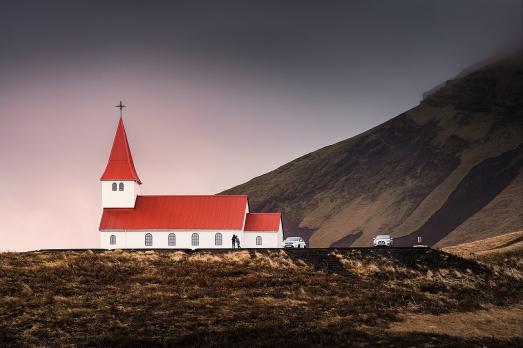
Vík, IS
Víkurkirkja is a church built between 1931 and 1934 when the population of Vík was growing and no longer wanted to travel to the church in the neighbouring village for every mass. It was consecrated by Jón Helgason, the bishop of Iceland at that time.
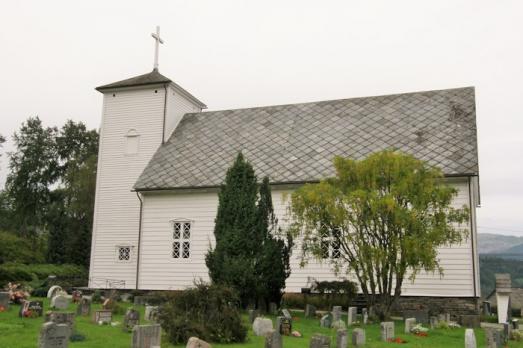
Kvam, NO
Vikøy church was consecrated in 1838 and replaced an old Stave church on the site. Vikøy church is a long wooden church built according to Linstow's plans. The church is a simple rectangular building with the choir included in the main building. To the west stands a square tower.
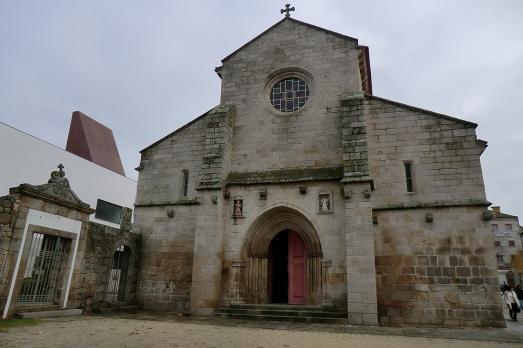
Vila Real, PT
Vila Real Cathedral was built in the 15th century and is considered the best example of Gothic architecture in the Trás-os-Montes region. As its name suggests, the current cathedral comes from a Dominican convent founded by monks from Guimarães in the 15th century. The church was modified in the 16th century, and especially in the 18th century when the present choir and bell tower were built in Baroque style. In 1834, with the extinction of the religious orders, the church became a parish church. It became a cathedral in 1924 when the Diocese of Vila Real was created.
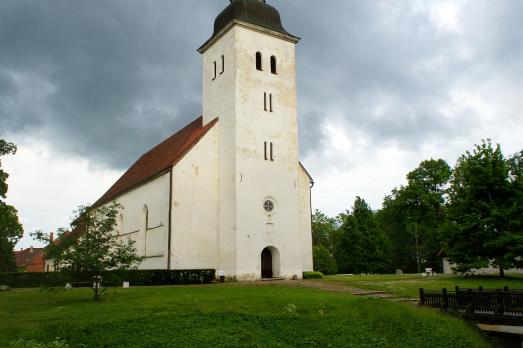
Viljandi, EE
In 1972, the then chief architect íìlo Stí?í?r and the fire chief Adolf Jí?rna refused to grant permission to build a reinforced concrete ceiling in the church. The possessor did not repair the building, the roof ran through and the church began to fall apart. The builders remember that the roof was so dilapidated that the sky could be seen from inside the church. The reconstruction of the church building began with the national awakening. In order to save the church building as a medieval architectural monument, the reconstruction of the building into a concert hall was started in the 1980s.
Hendrik-Ido-Ambacht, NL
Original building from 1968. Major renovation and extension in 1999, with turret on roof. Municipality founded in 1953.
Heemskerk, NL
This church was first mentioned in 1063. It is unknown what it looked like. Over the centuries, a church was built of tuff, a grey volcanic stone from the Eifel, on the site of the current one. The tower was built in the 13th century from the so-called monastery bricks, these are large baked bricks that were used to build monasteries. The tower, built in Gothic style, probably originated in the first half of the fifteenth century. This can be deduced from the year 1464 on the bell. Just like the church, the bell was dedicated to Saint Laurentius. The bell had a social warning function. In the event of a storm, fire or other danger, the population was called to help or warned by ringing the bell. During the siege of Alkmaar in 1573, the Spanish demolished everything that was flammable from the church. Only the tower remained intact. In the meantime, the Reformation had taken place. After the departure of the Spanish soldiers, the reconstruction by the Protestants began. It became a hall church without a choir in Gothic style. The church was rebuilt in 1628. A year later the church was completely finished. Since 1798 the tower has been municipal property. In 1970-1971 the tower and the church were restored
Sellingen, NL
Historic village church with tower from 1858. Excavations during a restoration showed that there was already a wooden predecessor to this current church. The earliest mention of a church in Sellingen dates from 1150 in a list of churches of the Corvey Abbey in the Osnabrück diocese. During the aforementioned restoration, the National Institute for Archaeological Heritage Research uncovered about 20 old graves, two of which date from around 1100. There are probably more graves present, but due to lack of money, not the entire church floor was excavated at the time. A gravestone can still be found in the churchyard. (Source [1]
Durgerdam, NL
Small village church with tower. The Dorpskerk Durgerdam, originally the Hervormde kerk van Durgerdam, is the Protestant church in Durgerdam in Amsterdam-Noord. The church building is not along the Durgerdammerdijk, but a little lower behind it.

new
Nestled amidst the serene landscapes of the Harz region, lies a hidden gem for nature enthusiasts and history buffs alike - the Harz Monastery Hiking Trail. Lace up your hiking boots and embark on this captivating adventure that will transport you back in time.

The Holy Mile (Miglio Sacro) of Naples is a one-mile-long itinerary, through sacred places linked to the city's patron saint, San Gennaro, in the Rione Sanità district. Discover the city from a new perspective with this unique walking tour.

As a university city, cultural offerings abound in Tartu and will reach their peak after being designated one of three European Capitals of Culture for 2024. In this list, we've compiled the most interesting sacred places to visit in and around the old town.